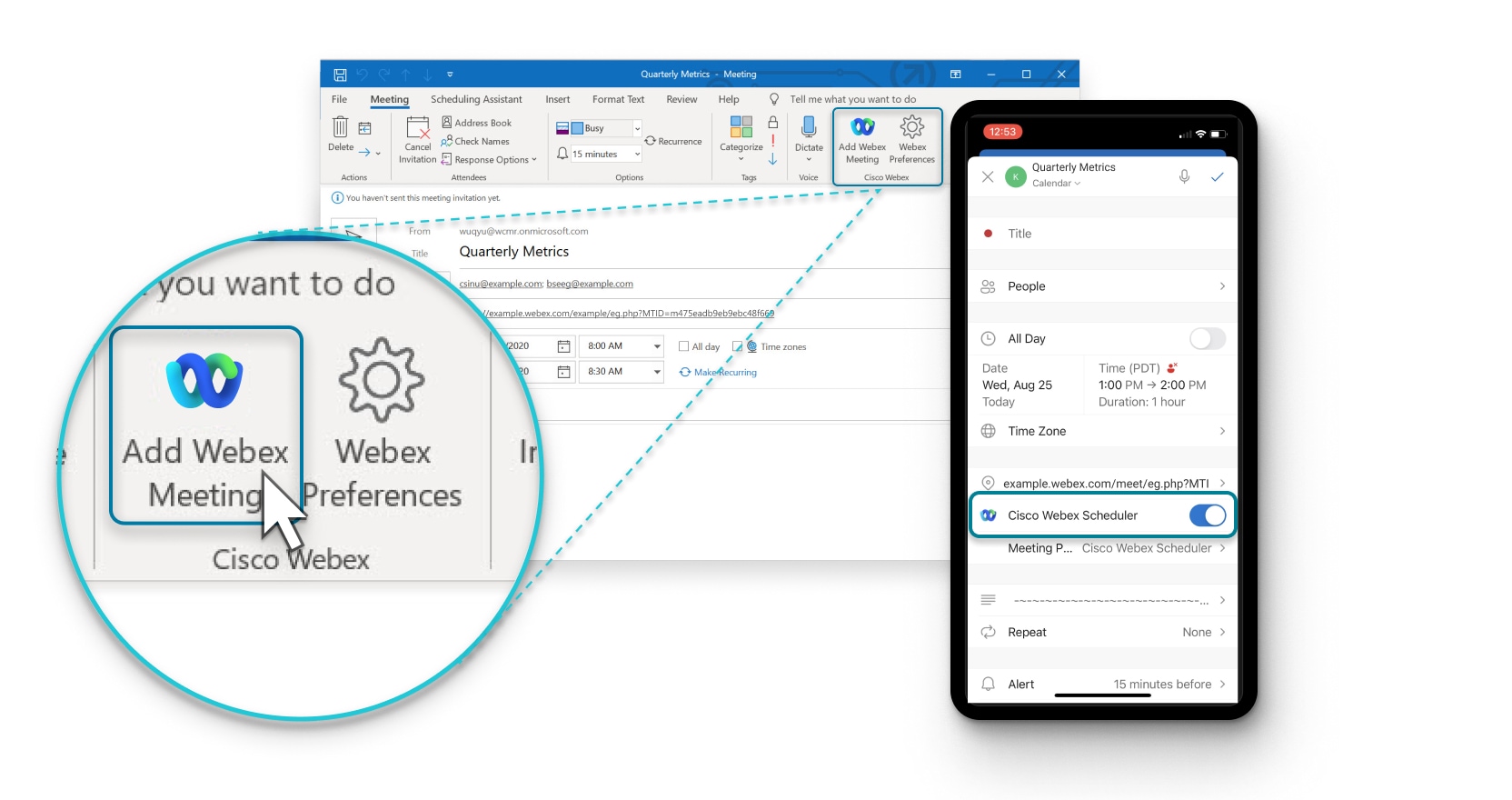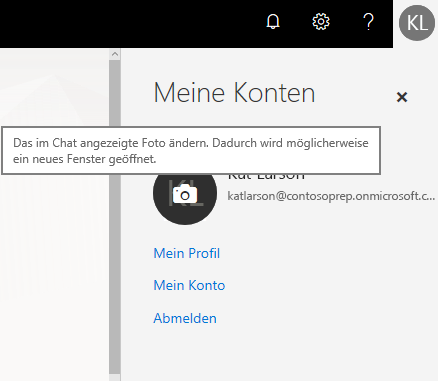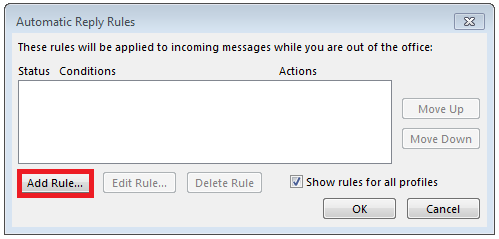
Tools, Options, Preferences, E-mail Options, Advanced E-mail Options User Configuration, Administrative Templates, Microsoft Office Outlook ? Network Adminstrators can control Outlook AutoComplete from a Group Policy. Options: 1 Enabled or 0 Disabled Group Policies Replace ‘15.0’ with the value for your version of Office: 12.0 for Office 2007, 14.0 for Office 2010, 15.0 for Office 2013 and 16.0 for Office 2016 and Microsoft 365. HKEY_CURRENT_USER\Software\Microsoft\Office\15.0\Outlook\Preferences\

#How to make out of office in microsoft outlook 260 windows
It’s possible to disable Outlook AutoComplete from the Windows Registry. Either empty the Autocomplete list or use NK2Edit to check for troublesome entries. If Autocomplete is on but nothing appears, most likely the Autocomplete list has become corrupted. If the option and button are greyed out then Autocomplete has been disabled using the registry or Group Policy settings explained below. Also that the option and ‘Empty Autocomplete list’ button are active. If AutoComplete doesn’t work (ie no suggestions appear when you type) first check the setting at Options | Mail | Use Auto-Complete List to suggest names when typing in the To, Cc and Bcc lines. There’s one address that we use fairly often more often than the 11,080 Record Weight suggests. However there are entries with lower values than that. In our quick test, sending an email to a new address is added to AutoComplete with an initial Record Weight of 16,384. How Outlook calculates Record Weight is complicated. That makes it easy to select and delete entries with lower Record Weights. Sort by Record Weight and the most commonly used addresses should be at the top. Next time you type ‘fe’ the incorrect address will pop up in the Autocomplete suggestions. Of course, you’ll quickly get an error message about the wrong email address, but that error isn’t connected back to Autocomplete. It has no way of knowing if the address you typed is right.įor example, if you sent an email to (ie put the period in the wrong place) that address will be added to Autocomplete. Outlook adds to the Autocomplete list when you send an email. That’s why you might see ‘old’ and out-of-date addresses in your Contacts list. Removing old entries or clearing out the list mostly a job for us humans. Outlook only adds entries to the Autocomplete list.

It’s regularly updated from the master list (in the PST/OST) by Outlook and is also updated when Outlook is shut down normally.Īs we’ll see, this external copy is also useful for editing and exporting the Autocomplete list. This file is probably created to speed up Autocomplete. Autocomplete list is also saved to a data file at \Users\\AppData\Local\Microsoft\Outlook\RoamCache The smarties among you will know the last paragraph isn’t quite true. It’s also moved if you migrate your PST file to another computer. That’s a sensible change because it means AutoComplete automatically roams between different Outlook installations. OST if you’re connected to Exchange Server. In Outlook 2010 and later, the Autocomplete list moved to the Outlook data store. Until Outlook 2010, the Autocomplete entries were stored in a file at drive:\\AppData\Local\Microsoft\Outlook in a file with an. The heart of AutoComplete was a separate. To understand the good and bad of AutoComplete, let’s look at how the feature works and where it’s saved.Įach time you sent an email message, the name, email address and mail format are saved to the AutoComplete file. As we’ll see, you can edit the AutoComplete list rather than Microsoft’s ‘all or nothing’ approach.

There’s also an option to empty the Auto-Complete List. You can turn off AutoComplete from Options | Mail | Use Auto-Complete List to suggest names when typing in the To, Cc and Bcc lines. And a mistyped address which gets copied into future messages.

There’s also a risk of sending to an ‘old’ or superseded address (we’ll explain later in this article). That will usually slim down the autocomplete list and make it less likely you’ll select the wrong one. Reduce the risk simply by typing more letters. Most misaddressed messages go to someone with the same or similar first name. You have to be careful to select the right name/email address from the list. Addresses for emails sent as a ‘one off’ that should not be on the list (reduce list clutter and the other persons privacy).Īutocomplete is so useful and quick, it’s easy to forget the downside.Multiple email addresses for the same person.An old email address that’s been updated in our Contacts list.(We’ve had to blur the names/emails for privacy) including:


 0 kommentar(er)
0 kommentar(er)
